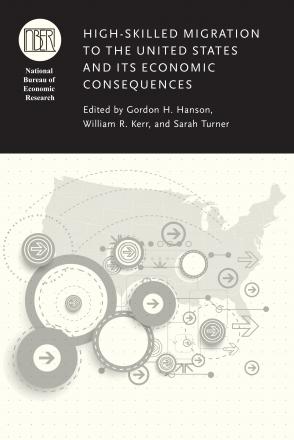High-Skilled Immigration and the Comparative Advantage of Foreign-Born Workers across US Occupations

In this paper, we examine the changing presence of foreign-born college-educated workers in the US labor force and characterize the occupational specialization of these workers over time. The presence of highly educated foreign-born workers varies markedly by occupation. Whereas their share of employment rises modestly from 4.2 percent in 1960 to 11.6 percent in 2010-12 in education, law, and social-service occupations, it jumps from 6.6 percent to 28.1 percent over this same period in science, technology, engineering, and mathematics (STEM). Across occupations, there are pronounced differences in employment patterns by immigrants according to their country of origin. In STEM jobs, the share of US workers who are from India rises from near zero in 1960 to 9.3 percent, accounting for one-third of all foreign-born workers, in 2010-12. In health-related occupations, it is workers from Southeast Asia whose employment shares have risen most dramatically, reaching 5.4 percent, or one-fifth of all foreign workers, in 2010-12 from negligible levels five decades previously. Using an Eaton-Kortum-Roy definition of comparative advantage, we find that occupational specialization patterns are very similar for male and female immigrants from the same origin countries and that immigrant occupational specialization patterns persist strongly over time. These results suggest that the factors that drive occupational specialization among immigrants are stable across decades and common to workers in different demographic groups from the same origin countries. Because occupational specialization patterns are common to workers born and raised in a given origin country and born in that origin country but raised in the US, they do not appear to be explained by origin-country educational systems.
-
Copy CitationGordon H. Hanson and Chen Liu, High-Skilled Migration to the United States and Its Economic Consequences (University of Chicago Press, 2017), https://www.nber.org/books-and-chapters/high-skilled-migration-united-states-and-its-economic-consequences/high-skilled-immigration-and-comparative-advantage-foreign-born-workers-across-us-occupations.Download Citation


